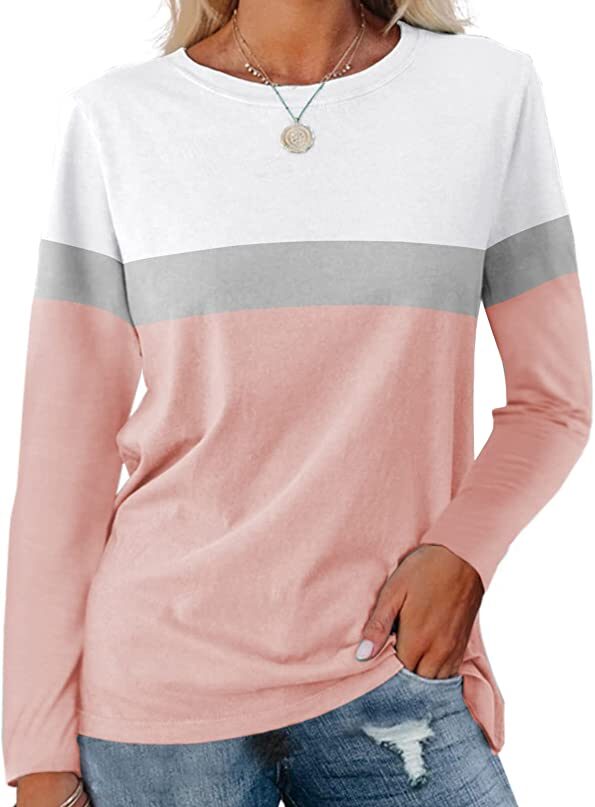The history of the fashion house, the Couture giant known as Chanel, is one that is quite interesting and remarkable. Founded in 1910 by Gabrielle “Coco” Chanel, Chanel has grown to become a Fashion House known across the globe. Coco entered into the fashion industry as a milliner’s apprentice in 1909. She quickly rose to upper echelons with her signature style of classic, timeless clothing. Her garments were loose and comfortable and featured practical design elements such as pockets and jackets. Coco also began to popularize the use of jersey fabric, previously neglected in haute couture due to its cheap manufacturing costs. She designed garments with the intent of freeing women from the restrictive clothing at the time.
Despite opposition from other fashion houses, Coco quickly gained a reputation for innovative fashion forward thinking. In 1913, she opened her first shop in Deauville, France. Coco’s first garment was a suit designed for cyclists. This revolutionary article of clothing was called the Chanel Suit. The Suit featured boxy shapes, close-fitting necklines, and short skirts, providing an entirely different look to women’s fashion. Coco notoriety continued to grow as she collaborated with other famous fashion designers and began producing handbags, shoes, and jewellery.
In the twenties, Coco’s house of fashion was revolutionizing the way people perceived and wore clothing. She introduced the famous little black dress and the ‘boyish look’ which featured flat, crew neck blouses, tailored pants and short skirts that were to become her signature look for contemporary women. Coco soon began to garner the attention of celebrities, aristocrats, and wealthy patrons. She became, even more, a leader in fashion by introducing costume jewelry as a fashion statement piece.
Coco’s popularity rose further still when she started producing legendary perfumes such as Chanel No.5 in 1921. This scent is perhaps the most recognizable of all fragrances and to this day, remains the best-selling perfume in the world.
In the thirties Coco Chanel moved to the Ritz in Paris and continued to innovate within the fashion industry — designing both luxury high-end fashions and more affordable pieces. As the War years approached, her designer goods were overshadowed by cheaper fabric and utilitarian designs. After the War ended, Coco turned her attention away from fashion, focusing instead on her perfumes, and in 1954, she retired from the fashion house.
The legend of Chanel continued to live on however, as the 50’s, 60’s, and 70’s saw new generations of fashion leaders such as Yves Saint Laurent, Karl Lagerfeld and Jean Paul Gaultier all adding their own interpretations to the iconic Chanel aesthetic, bringing innovation and modernism to the brand. In the eighties and nineties, Karl Lagerfeld, creative director of Chanel since 1983, breathed new life into the fashion house by creating a timeless collection of purses, suits, dresses, and accessories, all sustaining the essence of the original “Chanel look”.
Chanel’s timeless designs and collections are revered for their elegance and luxury, but Coco’s original designs go beyond haute couture, redefining traditional standards of fashion, lifestyle and attitude. To this day, Chanel remains one of the most successful and respected fashion houses in the world and its status as a symbol of wealth and sophistication live on.


